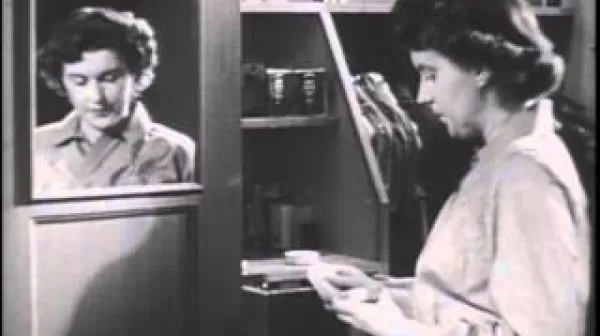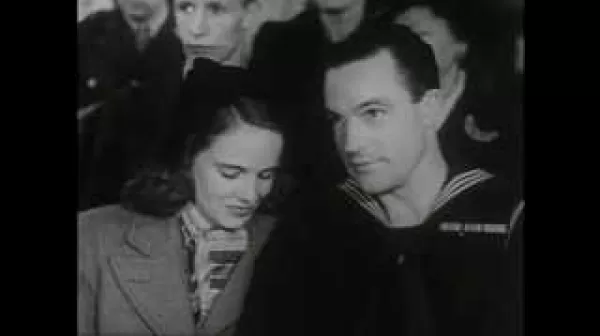Strictly Personal - War Department official training film (US Army Pictorial Service, 1945)
This film presents advice on fitness and health to servicewomen -- nutrition, rest, exercise, etc. The film gives an explanation of menses, personal hygiene, prevention of disease, care of the feet, etc.










